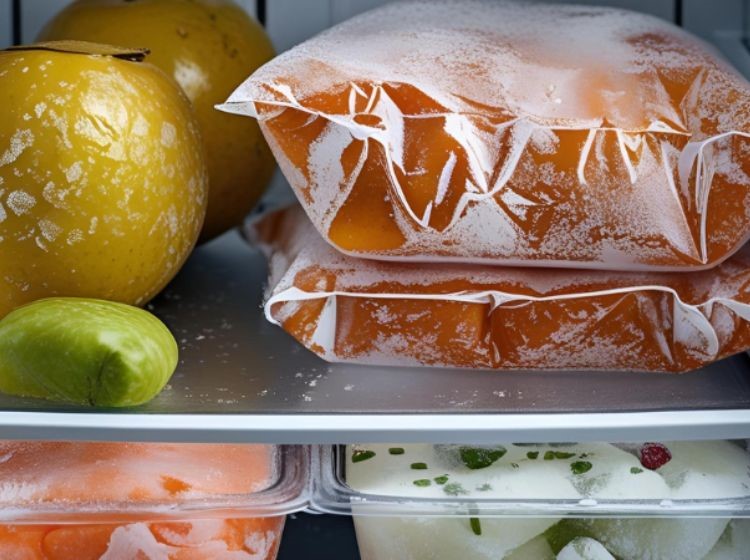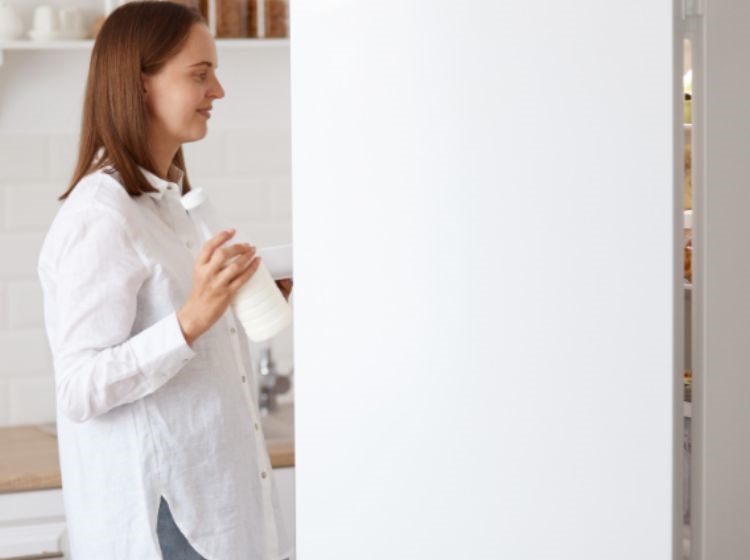
Got a question? We're happy to help
08719844416When your fridge starts freezing food items that should remain chilled, it can be both wasteful and frustrating. Frozen lettuce, partially frozen milk, and ice-covered vegetables are clear signs something isn't right. This common problem has several possible causes, from incorrect temperature settings to technical issues with your fridge. Here's how to identify why your food is freezing and what you can do to fix it.

The most frequent reason food freezes in your fridge is that the temperature is set too low. Most fridges should operate between 3°C and 5°C. If your temperature control is set too high (as higher fridge temperature control numbers usually mean colder temperatures), items can freeze.
Food placed too close to the cooling element at the back of the fridge is another common culprit. The back wall is often the coldest part of the fridge, and items placed directly against it may freeze even when the overall temperature is correct.
Blocked air vents can cause cold air to concentrate in certain areas, creating cold spots where food freezes. This happens when items are placed directly in front of the vents that circulate cold air throughout the fridge.
In some cases, a faulty thermostat or temperature sensor might be causing your fridge to run colder than the setting indicates, resulting in unexpected freezing.
Start by checking and adjusting your temperature setting. If your fridge has a numbered dial, try reducing it by one number (remember, lower numbers typically mean less cold). Wait 24 hours after making any adjustment to see if the problem resolves.
Rearrange items in your fridge to ensure proper air circulation. Keep food away from the back wall, leaving at least a 5cm gap. This prevents direct contact with the cooling element and allows cold air to circulate properly.
If you've tried these solutions and food is still freezing, your fridge may have a technical fault. Check if the door seal is intact and closing properly. A damaged seal can cause the fridge to work harder and run colder than necessary.
For persistent problems, the thermostat or temperature sensor might need replacing. These components can wear out over time, causing inaccurate temperature regulation.

A properly functioning fridge should keep food chilled without freezing it. By identifying and addressing the cause of unwanted freezing, you can prevent food waste, save money, and extend the life of both your groceries and your appliance.
